These portraits distill various feelings of ease, comfort, but also power and majesty. Because being represented like this requires a certain freedom of mind and great confidence. From 1660 Europe became enthusiastic about Indian textiles. Their use in furniture and clothing became established in wealthy circles and “Indian women” made up up to three-quarters of the goods coming from India. The reason for their success is above all the raw material from which they were made: cotton, until then almost unknown in Europe, whose fineness, lightness, easy washing, hygienic character, low price and floral patterns in colorful shimmering colors ensured the triumph. It is the Provençal market which will always remain the most important, the Provençals making great use of it. The second reason for the success of the "Indians" lay in the use of painting techniques and especially printing on fabric, the principle of fixation of which Europe was until then unaware of. Deliciously exotic, they were painted with two dominant colors, red, taken from madder root and blue, extracted from the indigo tree.
Attentive to the question of textiles, Colbert was interested in the efforts of his predecessors at the time of Henry IV, to develop the culture of silk and in 1664 he created the East India Company which strongly developed the vogue for Indians in France.
The upper bourgeoisie then snapped up these fabrics, Madame de Sévigné launched the fashion at the court of Louis XIV. From 1672, with the support of Colbert, a colony of Armenian traders and technicians was brought to Marseille, whose expertise had been recognized for centuries; this was the starting point for European printing. Soon, England (c.1670) and the Netherlands (1678) established their first factories. In France, the boom quickly came to an end. Protests from silk and wool workers grew from 1681 when several Lyon workshops had to shut down. But the situation became more acute with the revocation of the Edict of Nantes in 1685, which caused a flight of money and skills from the kingdom. To fight against the economic crisis which was taking hold, in October 1686 the royal power ordered a ban on the importation, manufacture and use of printed or painted canvases. The objective is to put an end to the vogue for Indians and to protect the major French textile industries of linen, silk and wool, these well-established and highly exporting activities. Prohibition will not be abolished until 1759. 74 years later! The East India Company was authorized to continue its trade in white cottons in the kingdom.
She was able to continue that of colored and printed cottons on the sole condition of re-exporting them outside France. It is the African market which provides its outlet. A large number of Indians then retreated to Avignon, a papal possession not affected by the edict. Tuscany is also a welcoming land. Our portrait probably represents a young Tuscan, which is underlined by the red fleur-de-lis (symbol of the city of Florence) on his fabrics. The ocher-colored striped fabric, which is similar to the color of the earth of Tuscany, recalls the fabric of the sleeves of Marie de Medici's dress on several of her young portraits. What is also remarkable about the portrait is the work of the lace which is probably that of Alençon.
Since its creation in the 17th century, the Alençon lace industry has experienced a growing popularity and became the most expensive lace in the 18th century until the decline of this industry at the beginning of the 20th century under competition from mechanical lace. It was in the 1660s that Marthe La Perrière invented the “Alençon point” which made the city's production “The Queen of Lace”. It owes this name to the beauty of the patterns obtained with the needle by a network of looped stitches, fancy stitches and reliefs. Colbert then created, in 1665, a royal privilege factory to perpetuate this exceptional production.
A remarkable painting for lovers of old fabrics, and provocative looks, to look at it is to plunge into a world where everything is only "luxury, calm and voluptuousness".
Around 1700, Italy.
With frame: 93 cm x 120 cm Without frame: 75cm x 100cm


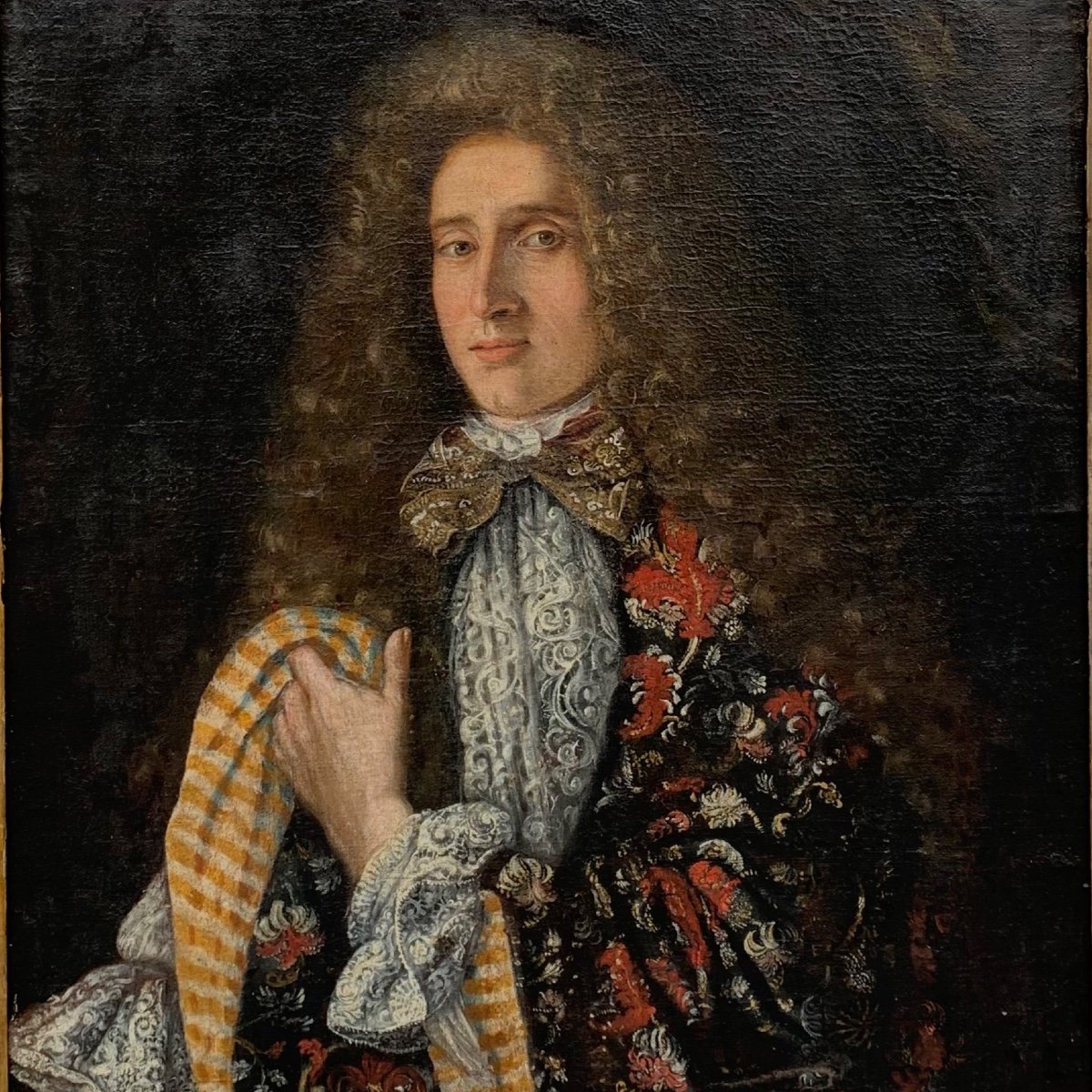
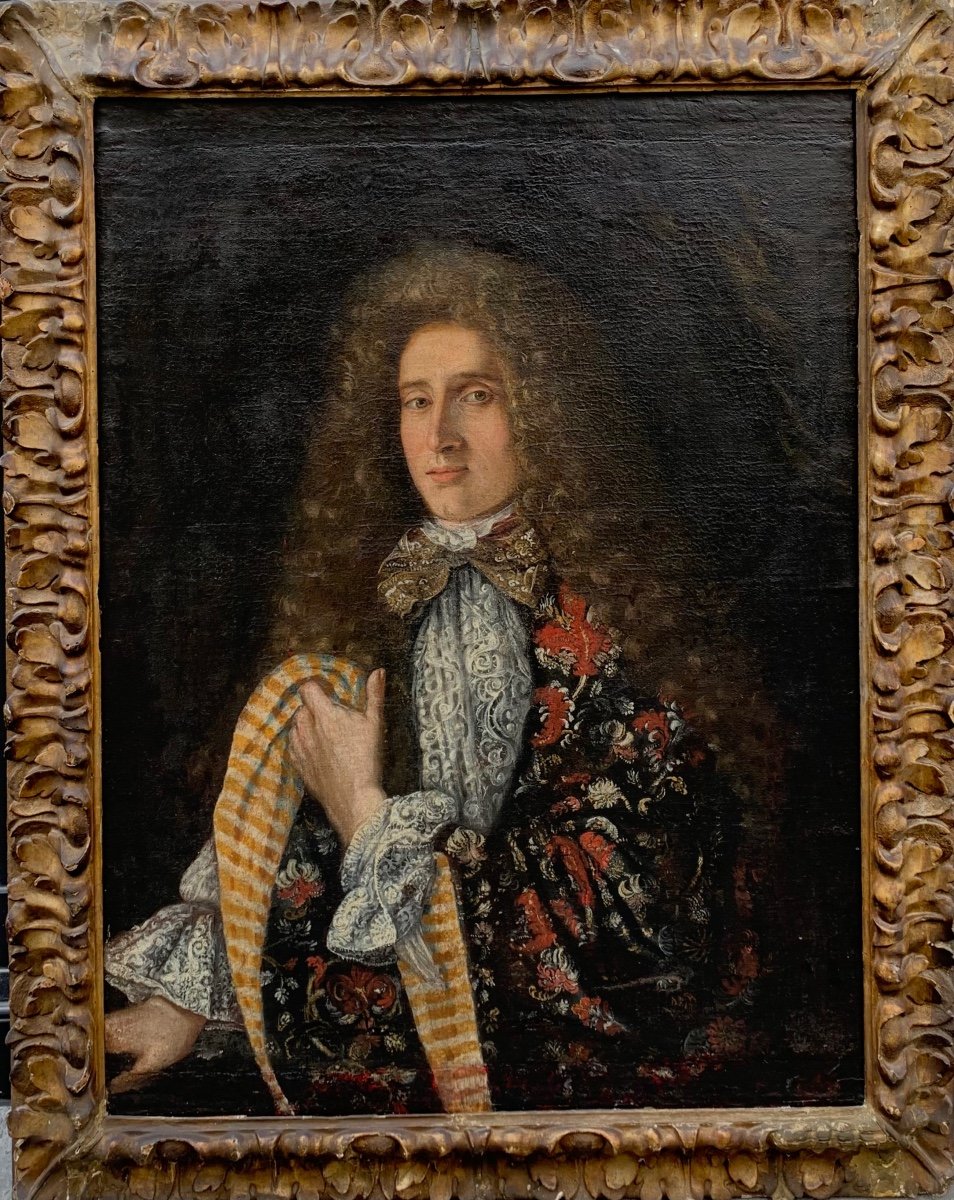
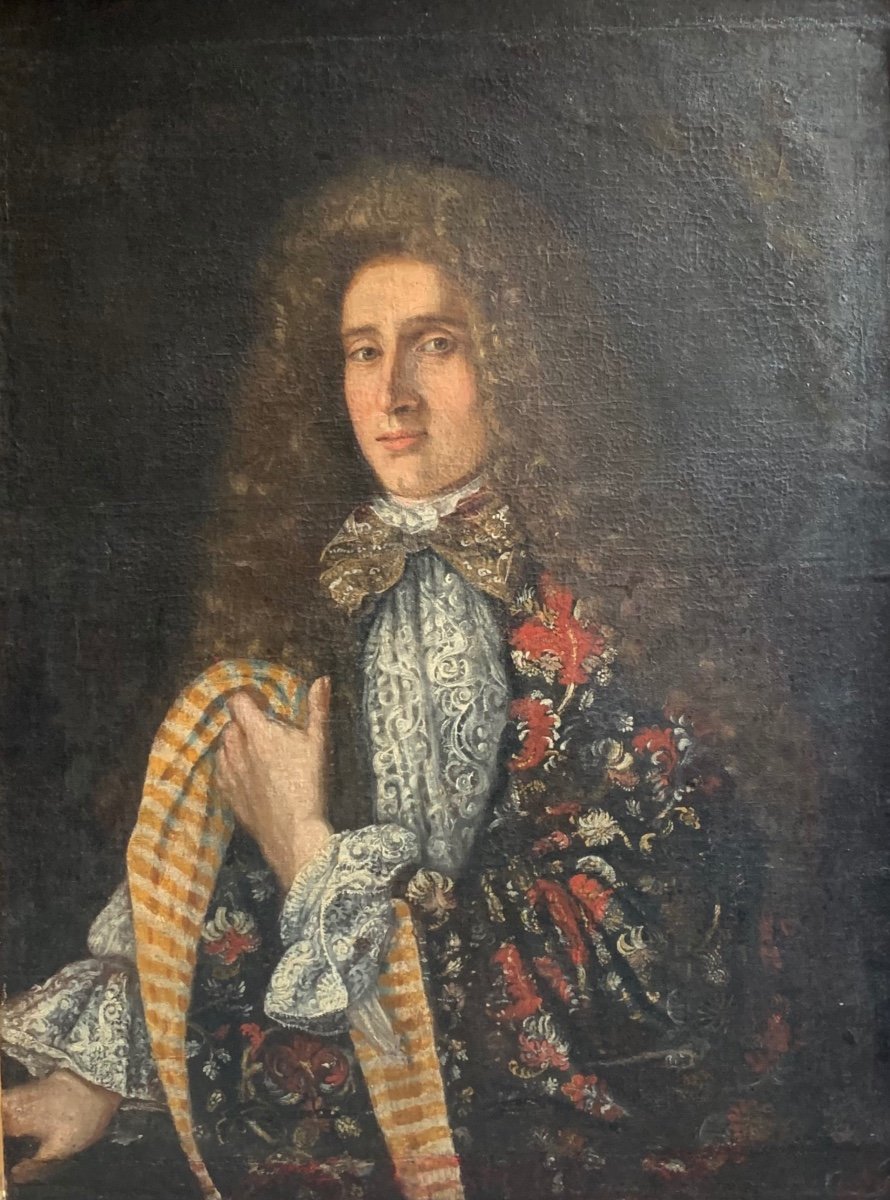
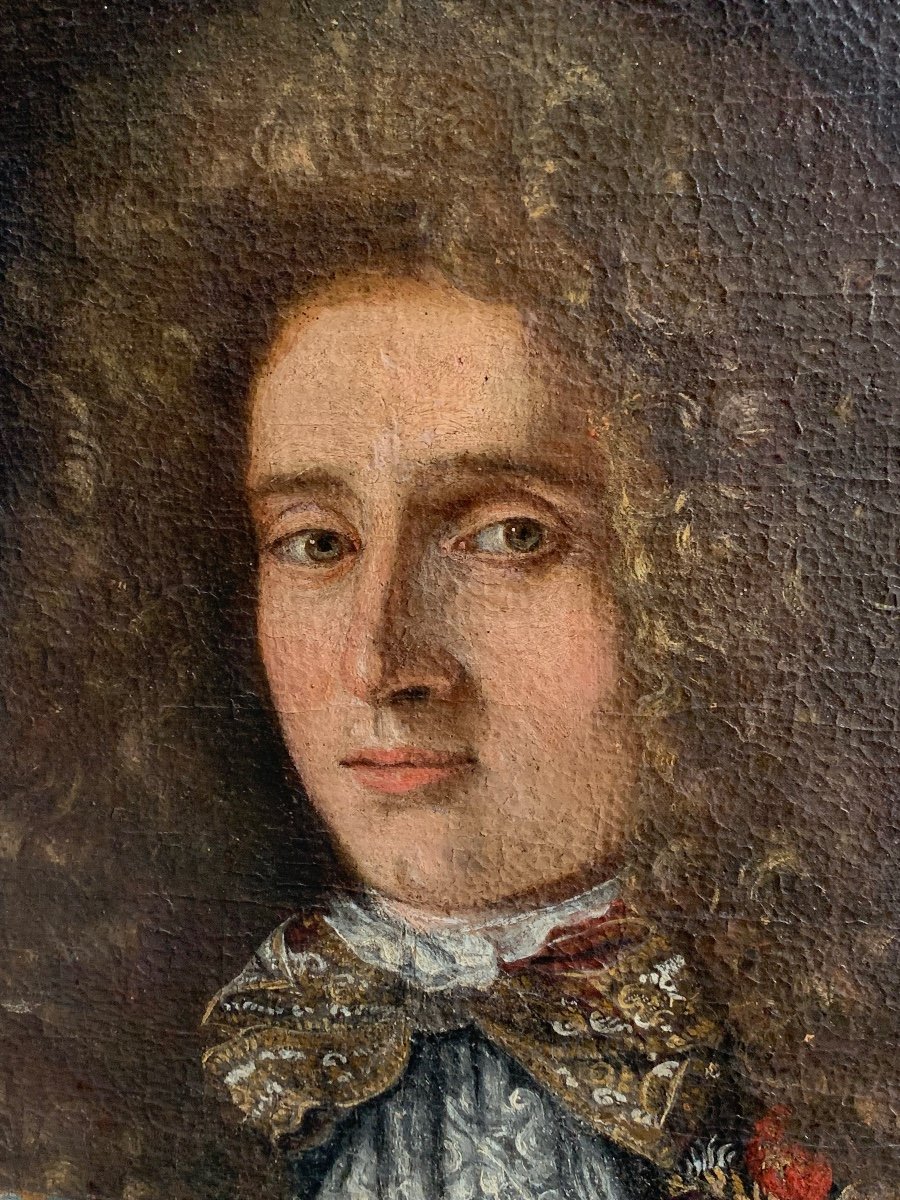
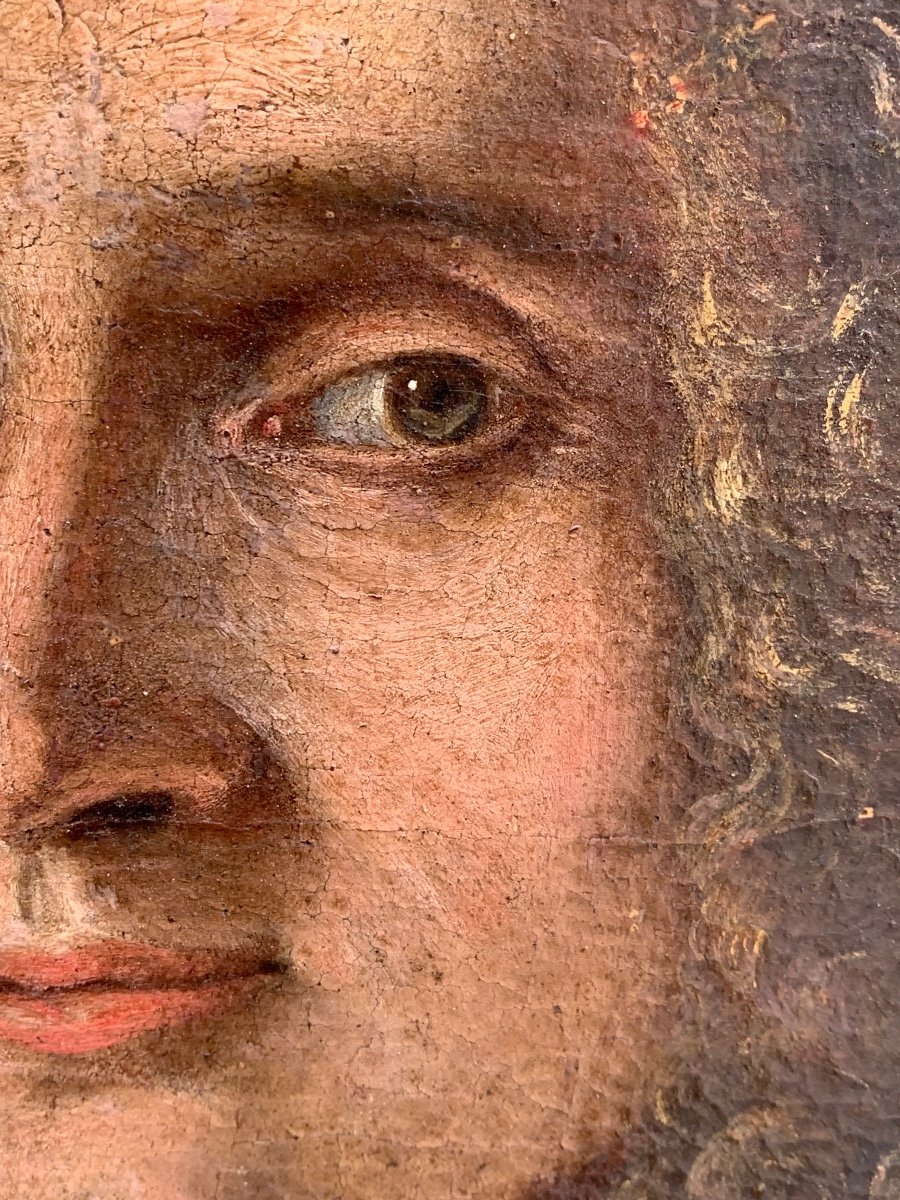
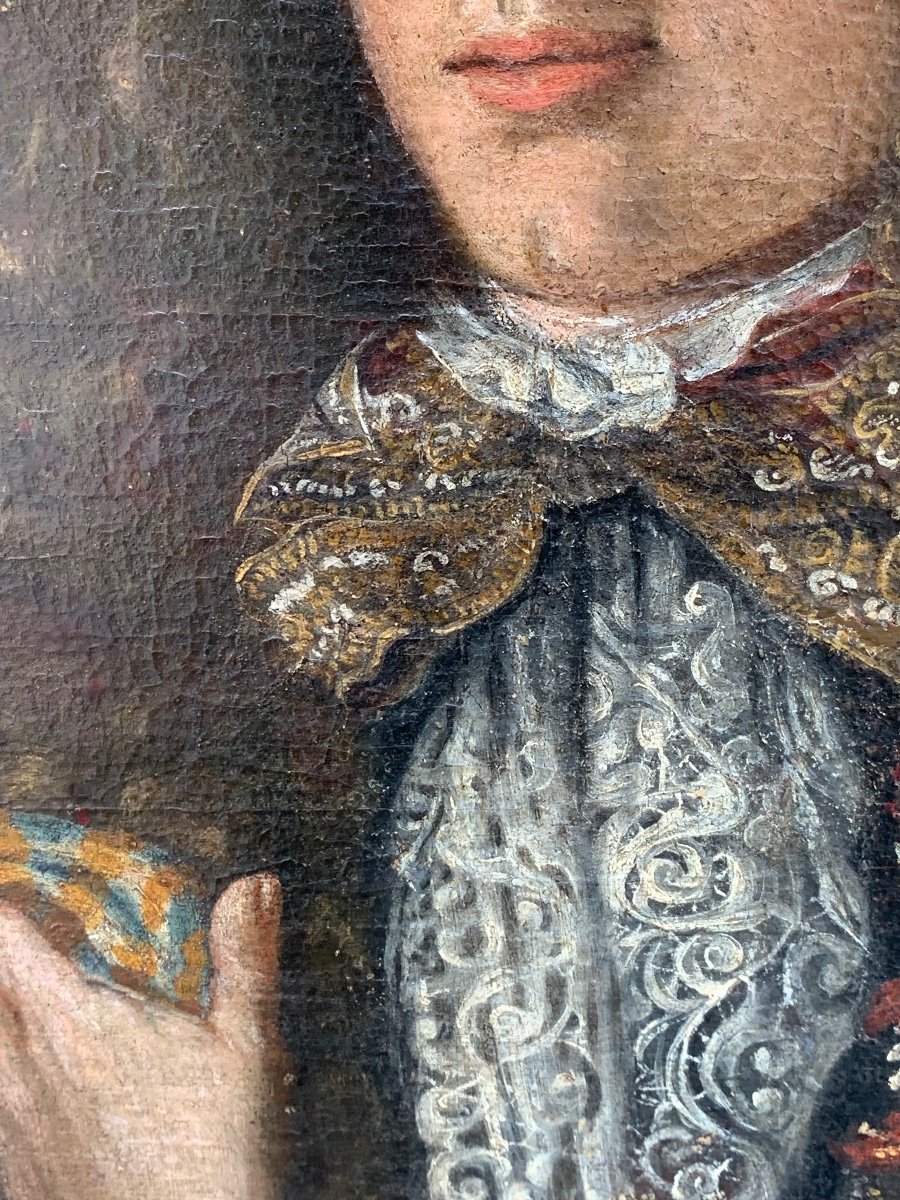
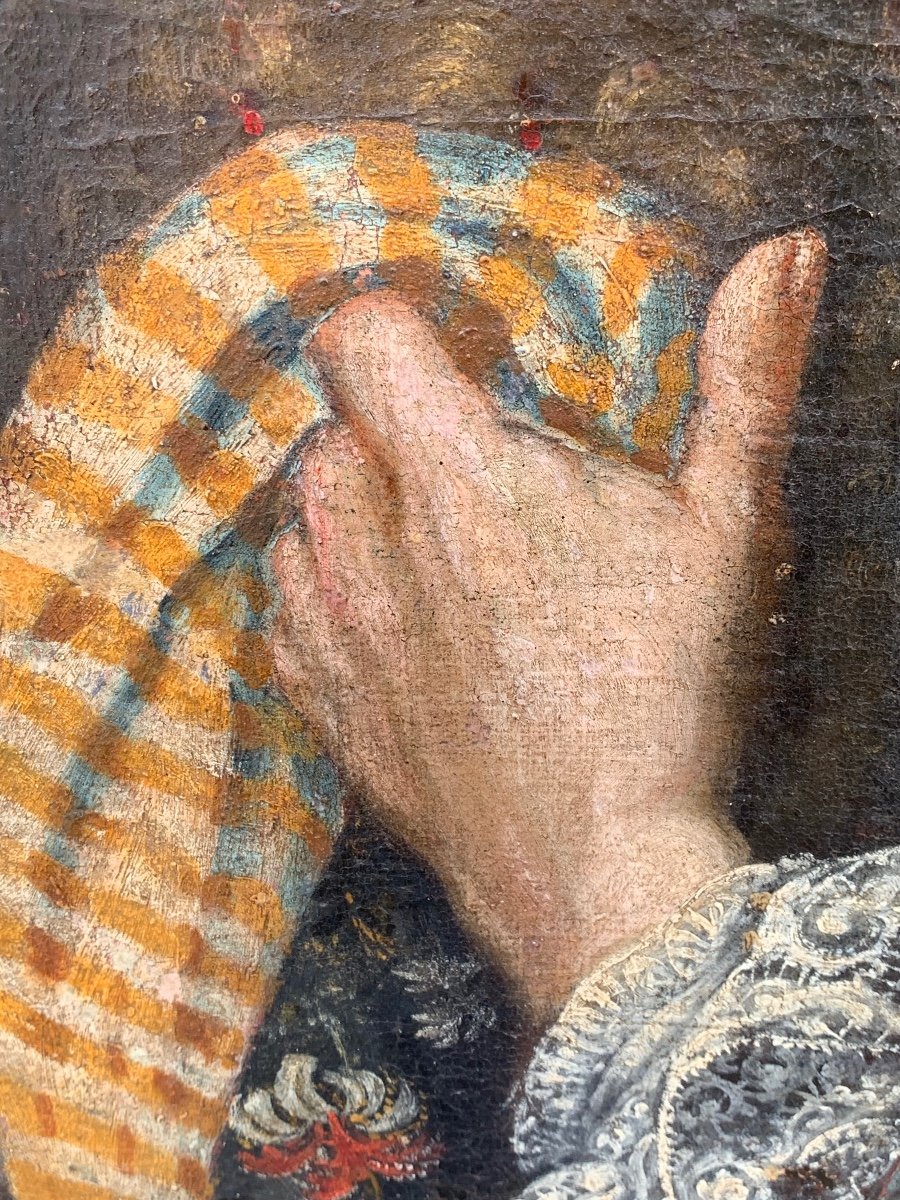
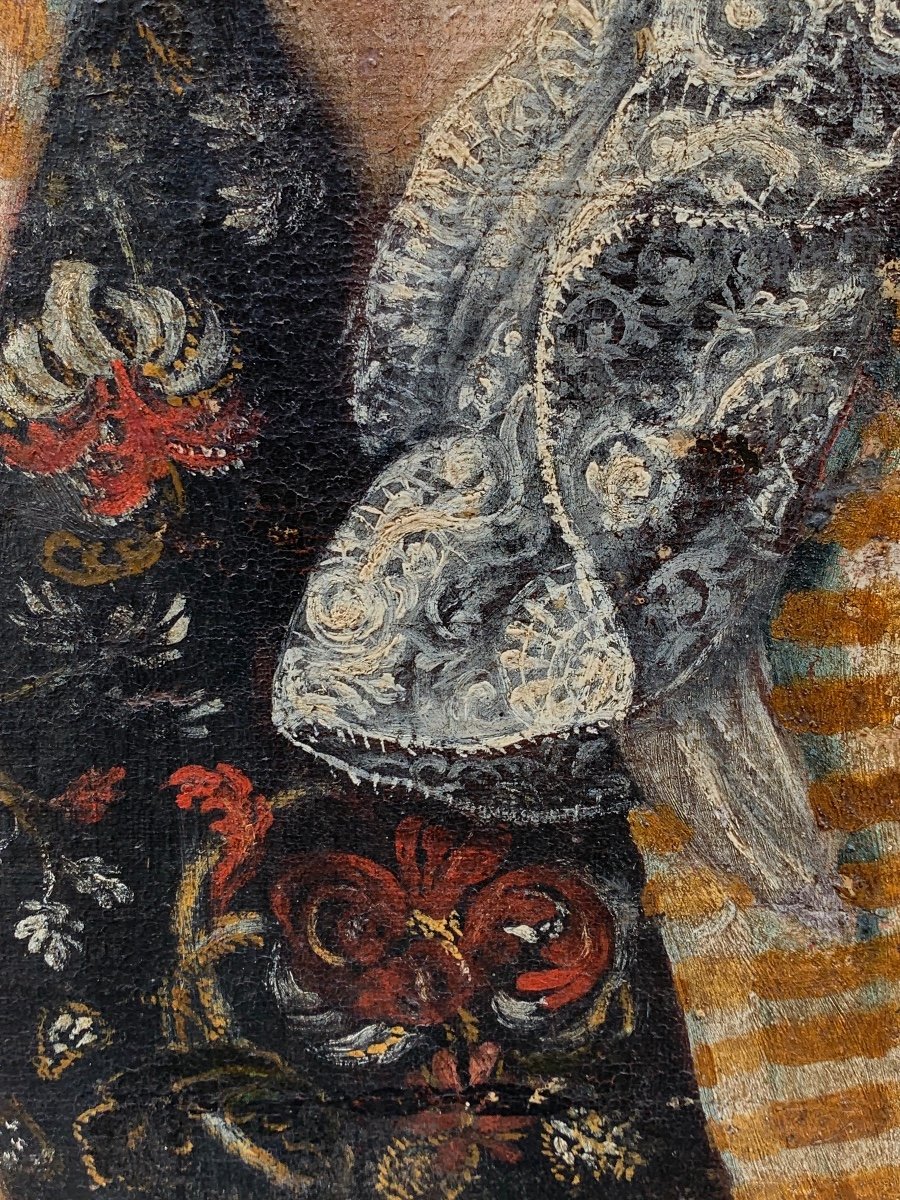
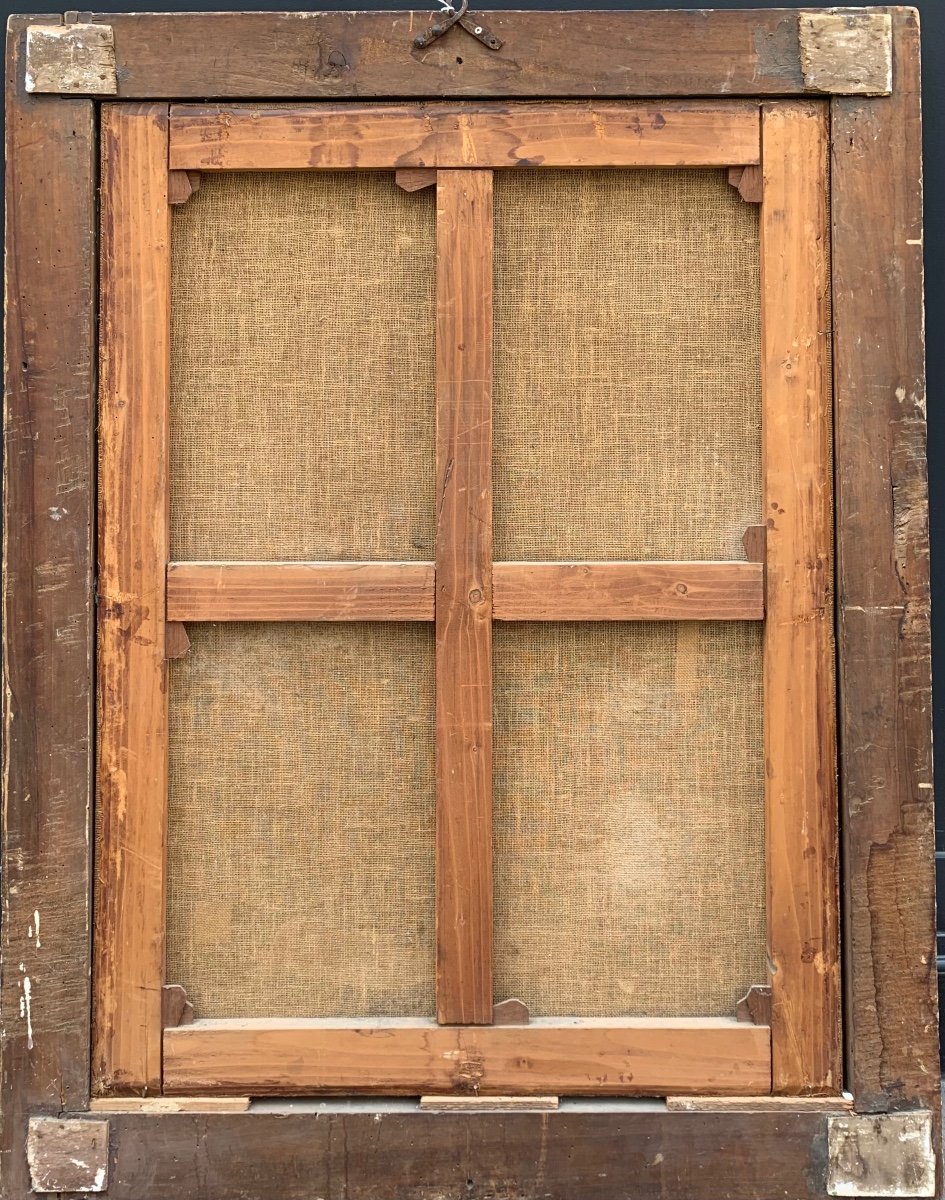










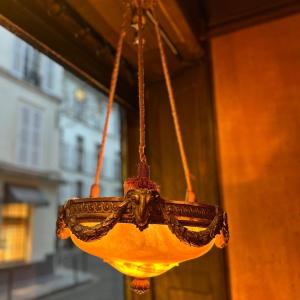
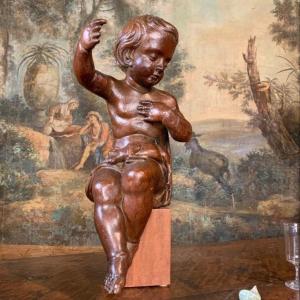




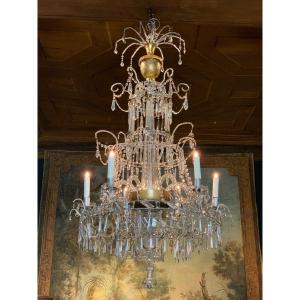
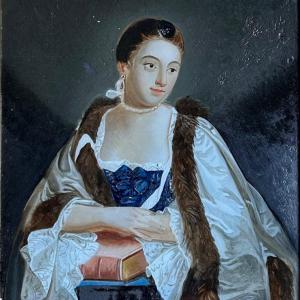
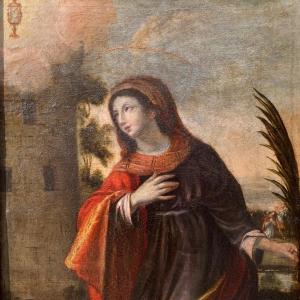
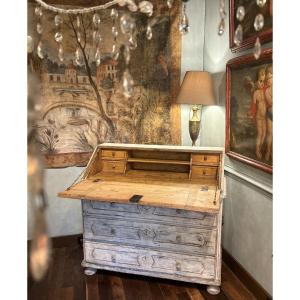
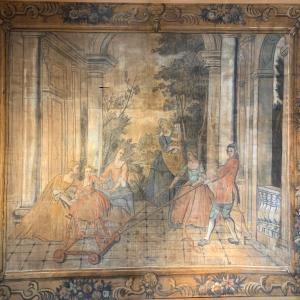
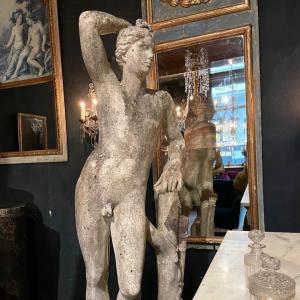

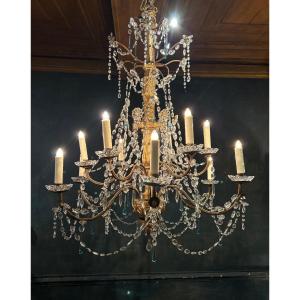
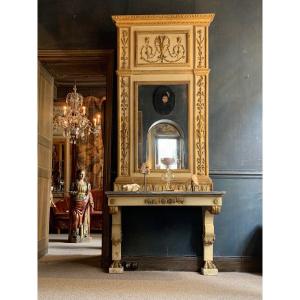
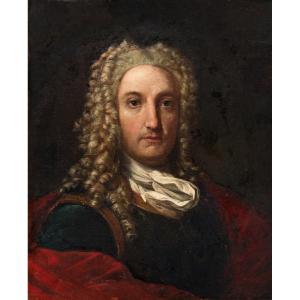

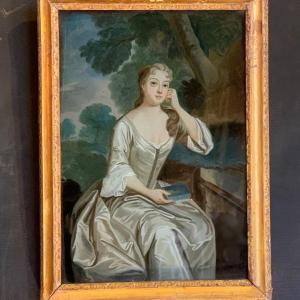
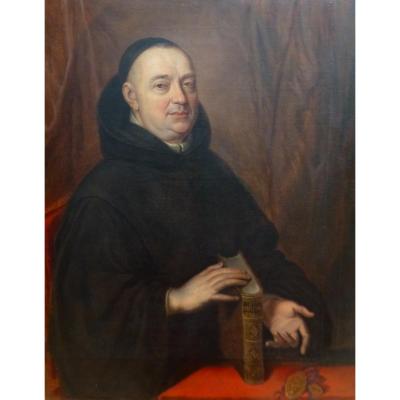




 Le Magazine de PROANTIC
Le Magazine de PROANTIC TRÉSORS Magazine
TRÉSORS Magazine Rivista Artiquariato
Rivista Artiquariato